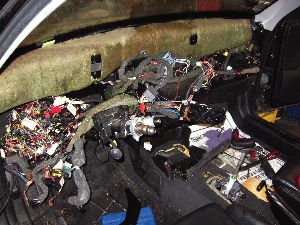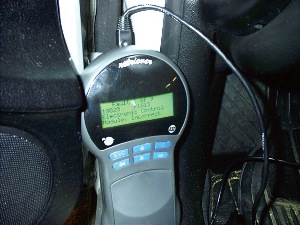Communication is important in every aspect of our lives, and particularly in our profession. Being able to communicate with customers, delivery people, parts providers and coworkers is the very basic mechanism that allows us to do our job with the kind of success that keeps us in business. Training for communication takes on many forms but, as yet, there is no substitute for experience. Communication skills are a learned and absorbed talent.
But what do you do when the communication is with a machine; one that just will not talk to you no matter what tricks you try? Where do you start when your significant other does that? You start with the basics, get to the root of the problem and work through it, or at least that is what is supposed to work.
This article is about communication faults and problems that have occurred on Volkswagens over the last 10-plus years. Many of the same problems still exist on the newest models, but as these vehicles age, get repaired or damaged, problems come up (see Photo 1) that can challenge even the very best technicians. 
The disclaimer for this article is that just about every time I think I have a full understanding of how VW puts its cars together and controls things, something changes. With OBD II diagnostics and CAN bus-connected components, diagnosis and repair should be getting easier, but the pattern failures continue to point to new and different failures.
Having the proper and updated test equipment is the only way to properly diagnose these cars, but there are some steps that can be taken before you make a huge investment in equipment for cars you don’t see on a regular basis.
I am going to focus on some very commonly seen faults, and what to look at first before going after a gremlin that may not exist at all. You are going to need access to repair information that is very specific to the model you are looking at.
Just knowing the make, model and serial number isn’t enough. Since VW imports vehicles produced all over the world, you will need to know what you are working on. Locate and write down every scrap of information (see Photo 2) you find on the car you have, and precisely match that with the repair information, or you will be going down a lot of dead ends. 










